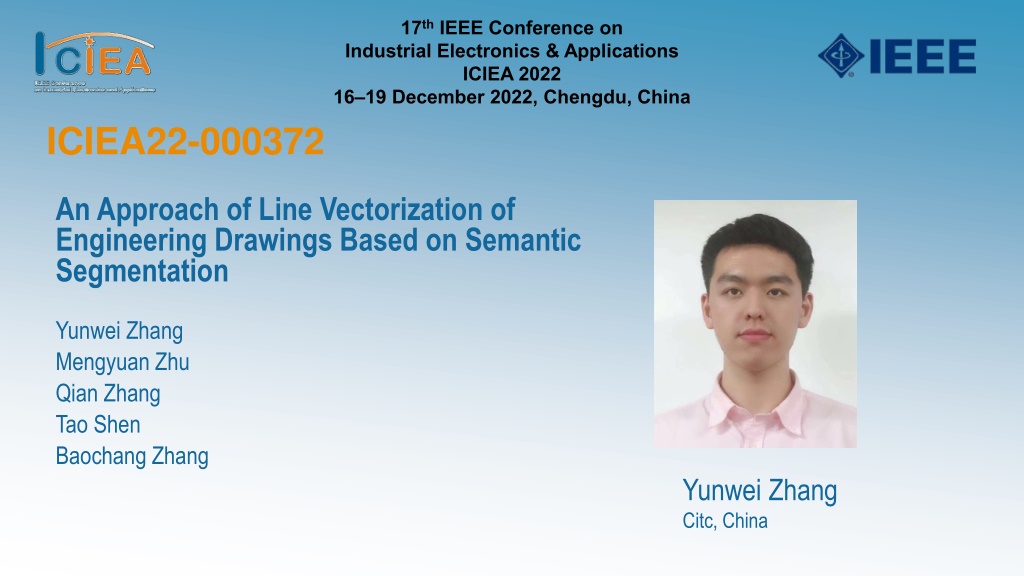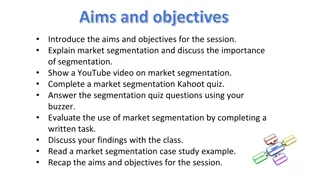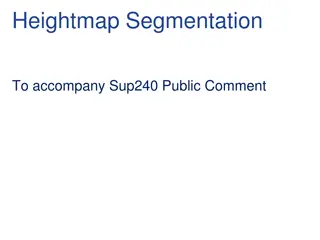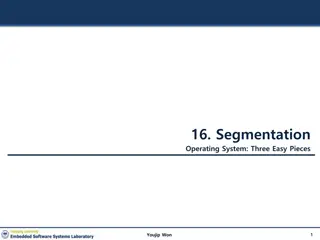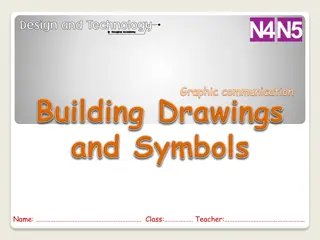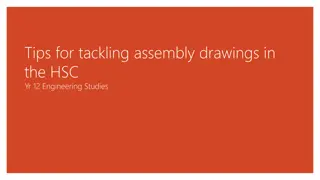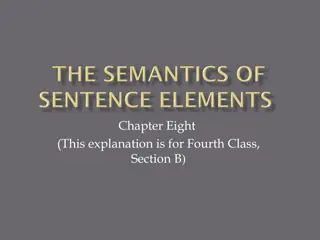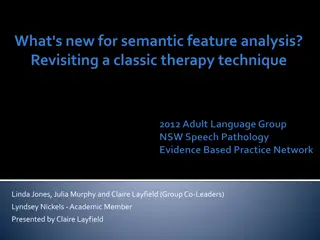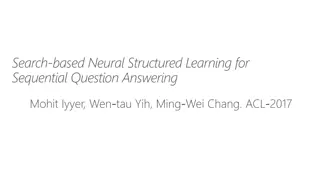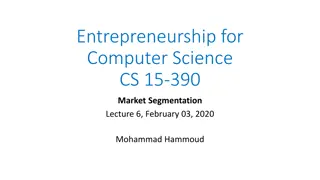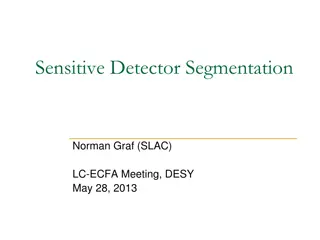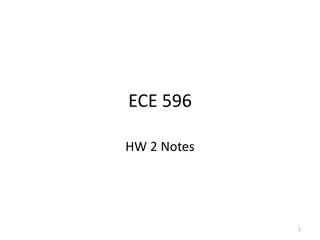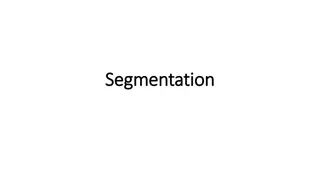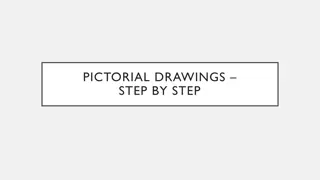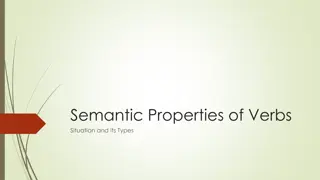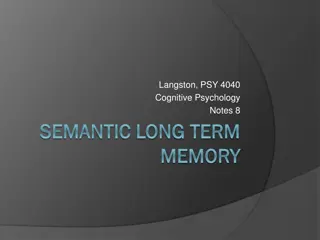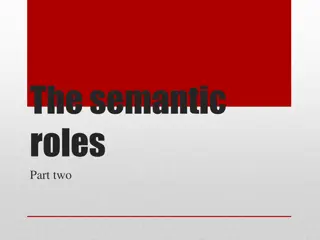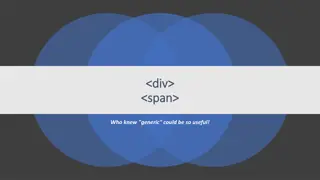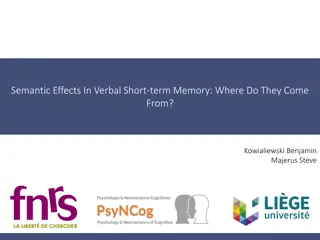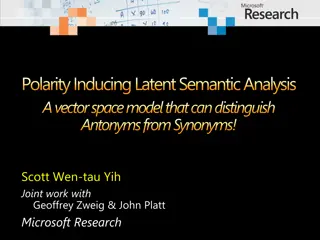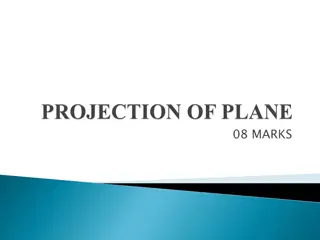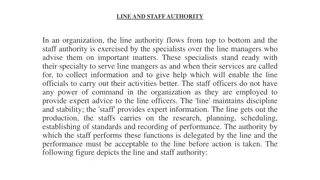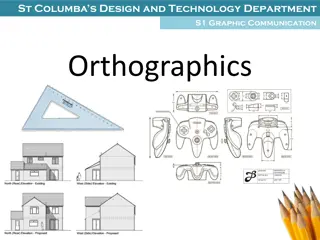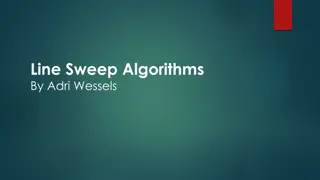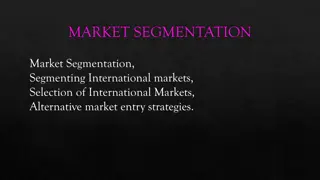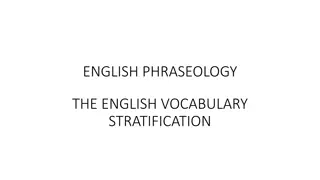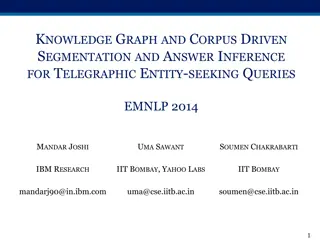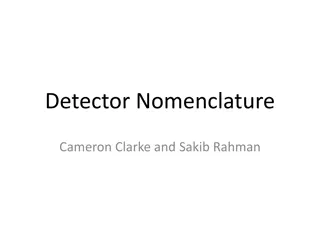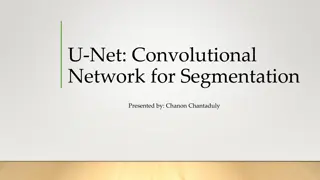Approach of Line Vectorization in Engineering Drawings Based on Semantic Segmentation
Engineering drawings often need to be redrawn or reedited over time, leading to a high workload. To address this issue, a line segment vectorization method based on semantic segmentation is proposed. By using advanced algorithms and techniques, this approach aims to extract and vectorize line elements efficiently, reducing manual effort and enhancing accuracy in engineering design processes.
Download Presentation

Please find below an Image/Link to download the presentation.
The content on the website is provided AS IS for your information and personal use only. It may not be sold, licensed, or shared on other websites without obtaining consent from the author. Download presentation by click this link. If you encounter any issues during the download, it is possible that the publisher has removed the file from their server.
E N D
Presentation Transcript
ICIEA22-000372 An Approach of Line Vectorization of Engineering Drawings Based on Semantic Segmentation Yunwei Zhang Mengyuan Zhu Qian Zhang Tao Shen Baochang Zhang Yunwei Zhang Citc, China
Background Overall scheme CONTENTS Specific algorithm Result & Conclusion
Background Many existing engineering drawings are drawn on paper or scanned as pdf files. Engineering design drawings often need to be redrawn or reedited over time. Engineering component identification and vectorization reduces workload. Line style components in engineering drawings are difficult to vectorize. we proposed a line segment vectorization method based on semantic segmentation.
Overall scheme In order to achieve the target element extraction: We use the feature extracted from a non-local semantic segmentation algorithm based on dilated convolution and self-attention to segment the lines and endpoints in the image. In order to achieve the extracted element vectorization: We use the Intersection over Union (IOU) to determine whether there is a line segment connection between the two points and finally realize the line element vectorization.
Overall scheme Why we use semantic segmentation algorithm Noise in real scan samples Intelligent distinguishing elements Why we deploy vectorization after segmentation The result of the segmentation is a pixel binary image The segmentation result of a line segment may have breakpoints
Specific algorithm A. Semantic segmentation In order to achieve more accurate segmentation of engineering drawings line segments, the algorithm mainly needs to solve two problems of unbalanced distribution. Foreground and background Foreground pixels in an image are typically one-hundredth the number of background pixels but spread over an area nearly half the size. Horizontal and vertical Origin Ground truth The line segments are long and thin, with different distributions in the horizontal and vertical directions, which is empty in the large receptive field and is not suitable for common rectangular convolutions.
Specific algorithm A. Semantic segmentation Layer unit In order to solve the sparse distribution of foreground pixels, we employ atrous convolution as our base convolution layer, which completes the aggregation of information through an expanded convolution kernel. atrous convolution Layers block The line segment area is not uniformly distributed along the x and y directions. In order to better extract the context in the line segment region, we use the context semantics module named OCR, which can redistribute the weights of features to enhance the utilization efficiency of features. Object-Contextual Representations module
Specific algorithm B. Element extraction and vectorization We can abstract the line segment into a collection of multiple points, and the connection between the two points clearly state that the mask bitmap between the two points is activated. Therefore, the segmentation result vectorization can be described as the following steps: Step1. extract the line segment endpoints. Step2. filter the connectable endpoints by line segmentation mask. Step3. post-processing and deduplication origin Line & point ground truth
Result & Conclusion Experiment datasets We used a non-public engineering drawing line segmentation dataset. This dataset aims to better complete the vectorization of wall elements in drawings Implementation details Origin Ground truth We employed dilated resnet101 with output_stride=16 as the backbone. We used the polynomial learning rate policy in segmentation task. layer4 generated coarse segmentation of the region for OCR module. we chose to use the combined loss of Focal Loss and Dice loss that can solve the uneven distribution. We also performed random scaling and rotation for data augmentation.
Result & Conclusion Semantic segmentation algorithm evaluation We compared our algorithm with deeplabv3+. Ours Ours On the mIOU, this two algorithms both have excellent segmentation effects on the background , and our algorithm has a better effect on the segmentation of points and lines . On mPA, our algorithm is also 2% better than deeplabv3+. Our "line" segmentation result also got better performance. DeeplabV3+ DeeplabV3+
Result & Conclusion Semantic segmentation algorithm visualization We also made a comparison in terms of result visualization. Ours Ours The results show that on longer straight lines, the segmentation results of our method are more accurate, and better continuity results can be obtained. For the corner part of the line segment connection, our method can also ensure the accuracy of pixel segmentation to achieve a more perfect performance. DeeplabV3+ DeeplabV3+
Result & Conclusion Line segment vectorization algorithm visualization We use the vectorization algorithm to vectorize the mask inferenced by our segmentation algorithm. The operation output results example are represented by blue line segments. It can be observed that the vectorization algorithm performs well. Finally, we calculate the vectorization results on the test set, turns out the accuracy rate is 81% and the recall rate is 87%.
Result & Result & Conclusion Conclusion We proposed a line segmentation and vectorization approach in the field of engineering drawings. It shows that our approach brings consistent improvements on the engineering drawing dataset, our method can perform the vectorization task of line segment objects in engineering drawings very well.
